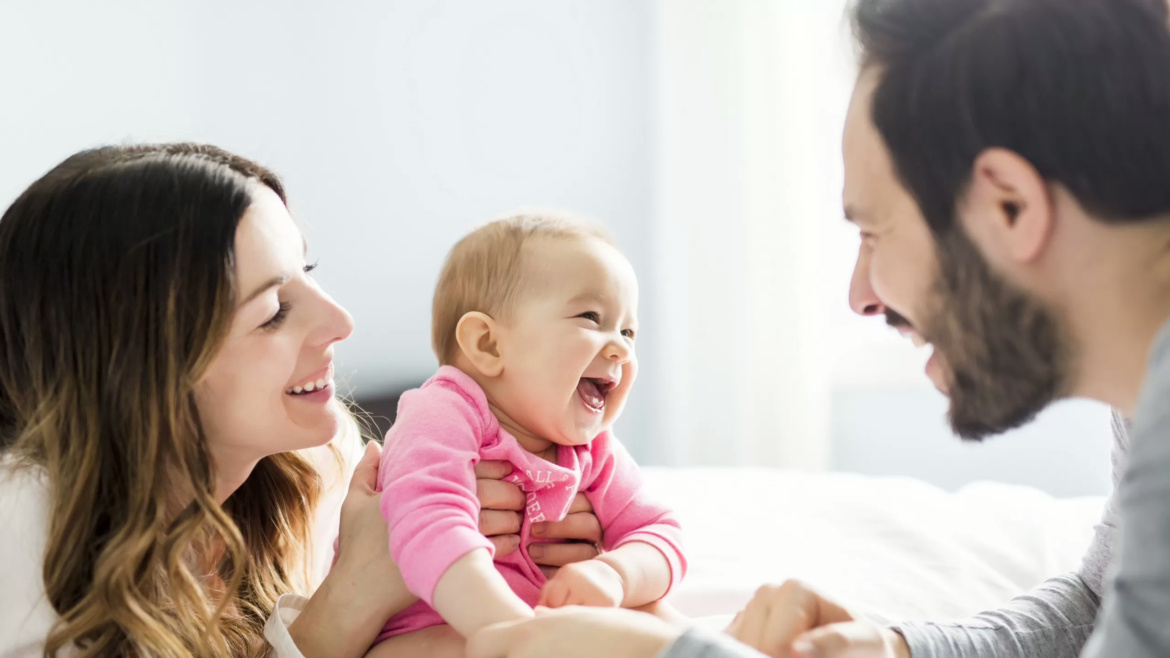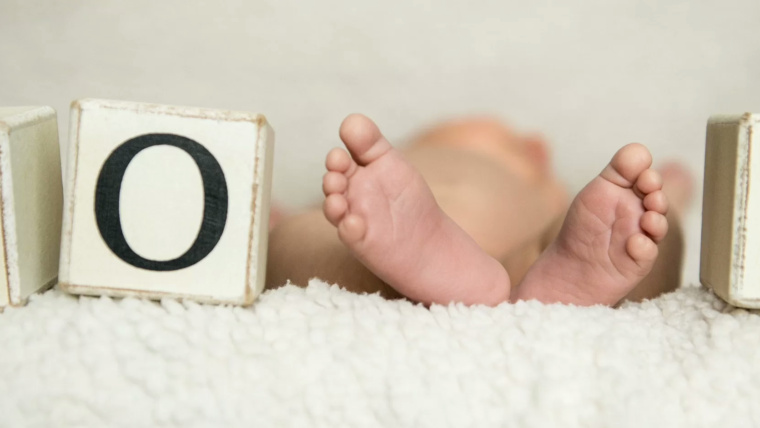Hooray! You’ve made it through pregnancy, labor and delivery, and now you have a new little wonderful bundle of joy in your life. If you’re a first-time parent, you’re finding out (fast) about all the tasks that come along with that wonderful bundle: feeding, diapering, burping, swaddling…and that’s just the beginning!
It can all seem pretty overwhelming at first but don’t worry we Sleeping Beauties Newborn Care got you covered.
One question we often get asked about is how to properly take care of the umbilical cord. There are several do’s and don’ts you should follow, which we’ll go over here in this blog so you can feel confident you’re doing the right things.
Why is there an umbilical cord stump?
During pregnancy, the umbilical cord supplies nutrients and oxygen to your developing baby. After birth, it’s no longer needed because your baby can now breathe and feed on his/her own. The cord is clamped and then cut, leaving behind a short stump that in time, dries up and falls off.
How to care for your baby’s umbilical cord
Pediatricians used to recommend cleaning the base of the cord with rubbing alcohol. However, we’ve now found that this can irritate a baby’s skin and delay the healing, so we no longer suggest it. Instead, we recommend following these six guidelines:
- Keep the stump dry. You want the base of the umbilical cord to dry out. For this to happen, it needs to be exposed to air as often as possible, which will also speed up the healing process. If you can, if the weather is warm enough, dress your baby in just a t-shirt and diaper (preferably one that has a notch cut out of it, or if not, fold the front of the diaper down) to allow more time for the cord to dry.
- Keep it clean. If the umbilical cord stump looks dirty or sticky, gently dab it with a wet cotton round (no soap or alcohol), then pat it dry with a cotton round.
- Only give your baby sponge baths. Do not immerse your baby in a full-body water bath until after the umbilical cord has fallen off. If the stump gets really wet, lightly pat and then fan the area to dry it completely. Do not rub it dry—this could cause irritation.
- Avoid covering the stump with a diaper. Many newborn-size disposable diapers now have a little notch cut out at the waistband. Another option is to fold down the front of a regular newborn diaper so that it’s not covering and rubbing against the stump. Also, change wet and dirty diapers as soon as possible so they don’t leak upward toward the navel.
- Dress your baby loosely. We recommend loose-fitting clothing that doesn’t press against the stump, like a loose onesie or just a t-shirt.
- Let the stump fall off on its own. Resist the temptation to pull off the stump yourself, even if it seems to be connected by only a small thread. If it does get unattached too soon, this could cause continuous bleeding. (If this happens, call your pediatrician immediately.)
Signs of infection to look out for
While the umbilical cord is healing, it’s normal to see a little blood near the stump. Much like a scab, the stump might bleed a little when it falls off.
However, you should contact your pediatrician right away if the umbilical area oozes pus, the surrounding skin becomes red and swollen, or the area develops a pink moist bump. These could be signs of an umbilical cord infection which can result in omphalitis (which could be life-threatening and needs to be treated immediately).
Also, take your baby to your pediatrician if the stump still hasn’t separated after three weeks. This might be a sign of an underlying problem, such an infection or immune system disorder. But don’t worry this never happened in all our Newborn care life.
Signs of infection:
- Red, swollen appearance
- A fluid-filled lump on or near your baby’s umbilical cord stump
- Oozing pus or any foul-smelling discharge
- Bleeding from the scab (though a little dried blood is normal)
- Fever
- Lethargy, low appetite, irritability
- Abdominal swelling
Doulas offer personalized guidance, emotional care, and newborn assistance to help families transition smoothly. To find trusted doula services tailored to your needs, call Sleeping Beauties Newborn Care Agency’s doula services in Mercer County, NJ.



